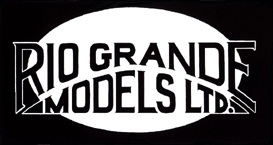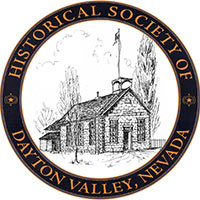

Paint in Black & White Photographs.
Comments by Kyle Wyatt (Curator Of Technology, California State Railroad Museum)Subject: Paint in B&W photos and matching Turn of the Century paint colors
Based on Sloan's color for Russia iron, reliability here is suspect. Since he does not tell what he color matched from actual samples, and what he did from misreading 19th century black and white photos (and from other sources I gather his color for Russia iron is photo based and demonstrates the problems with his photo analysis) I would be very careful how I would use his information. For reference, Sloan's color match of Russia iron is as follows:
Russia Iron was the term used for a pickled sheet iron made rustproof by a mixture of metal oxides formed in the surface of the metal, analogous to gun bluing. Many shades existed, depending on the formula. It ought to be a light bluish metallic gray, my formula is 1 cc of Floquil Gunmetal, 2 cc of white and a drop of blue or jade green.
Having at least a half a dozen samples of real Russia iron in my own collection, and having seen a number more, Russia iron is a medium dark gray, with at most bluish (or reddish or brownish or greenish) highlights in the sunlight. I have never seen a sample where I would ascribe blue as a dominant, or even a strong color. The samples I have seen certainly do not have the strong bluish cast present in gun bluing that I have seen.
Also from my experience working in museum restorations, black and white photos can give hints and indications of colors (and somewhat more reliably of color separations), but trying to make an actual color match, or even close a approximation, is not much better than pure guesswork. Many factors besides the color of paint can affect the shade of gray in a black and white photo.
In an article in the Journal of the West that I wrote a few years ago, I showed examples where two known very different colors produced similar or identical shades of gray, and other examples where the known same color was rendered as two obviously different shades of gray in different parts of a single locomotive photo.
Then there is the factor of emulsions and how different emulsions "see" colors. Sloan's statement that modern panchromatic film shot through a blue filter matches 19th century negatives (he doesn't specify whether wet plate or dry plate) is not exactly true. Dry plates (used from about 1881 through the 1930s) are orthochromatic, largely red dominant-blue blind when printed (reds dark, blues light). As a gross generality, this is what happens when shooting modern panchromatic film through a blue filter, but the renderings of colors into grays are only generally similar, not exactly the same. Callodian wet plate negatives (used generally from the 1850s through the early 1880s, and much later for oversized negatives by the likes of C. E. Watkins and W. H. Jackson) have an even broader spectrum of red dominant-blue blind rendition of colors, so do not exactly match the orthochromatic dry plate negatives (and later film negatives).
Modern panchromatic negatives respond very differently to colors than either the wet plate or the dry plate negatives. For instance, there is a photo taken in 1875 showing Virginia & Truckee combine #16. Based on paint found and matched during restoration at the California State Railroad Museum, the base color is sort of a pea soup green, with red-orange decorative painting on the letterboard. The car was restored with this paint scheme, colors matched to actual paint samples found on the car. In the 1875 photo the red-orange decorative painting stand out very darkly and clearly on the light to medium gray body color. This is how the wet plate negative rendered the colors of the car. In a modern panchromatic photo of the restored car, the red-orange decorations are rendered in almost the same shade of gray as the green car color, being almost invisible except under the closest inspection.
This is just a brief summary of the problems and limitations of trying to figure out colors based on photos. Without significant color information for non photographic sources, figuring out a color scheme form a black and white photo is virtually impossible. (And no, computer analysis cannot solve it either, since many factors besides the actual color affect the tones of gray in the photos.)
Sorry once again - no easy road to freedom.
cheers
-Kyle Wyatt



